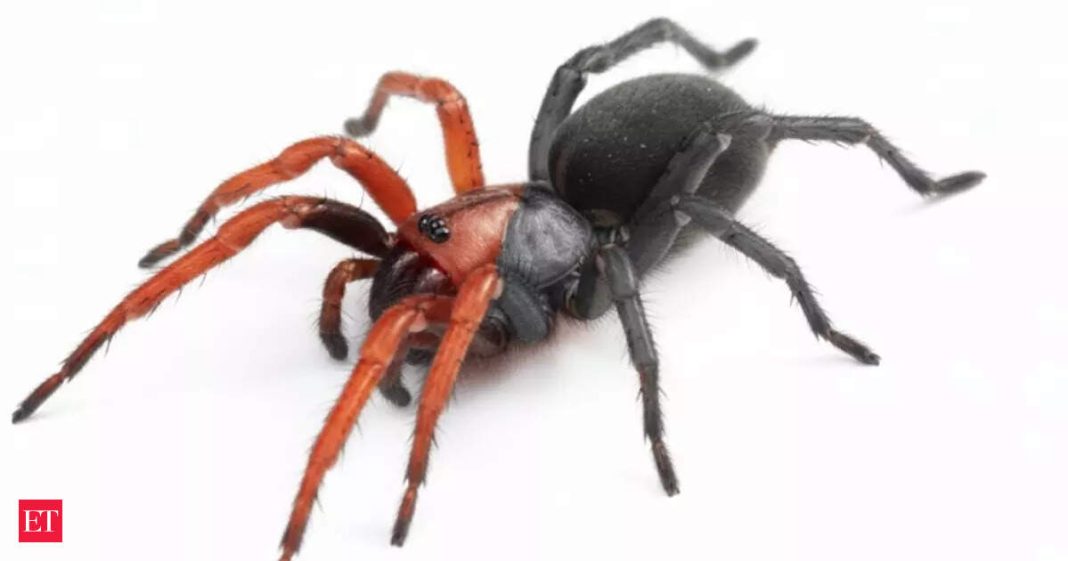Key Takeaways
- Scientists discovered a new spider species with both male and female characteristics
- The Damarchus inazuma spider has a perfectly divided orange and grey body
- This represents the first gynandromorph case in the Bemmeridae family
- The spider is likely venomous based on observed behavior
In a groundbreaking discovery, researchers have identified a new spider species that displays both male and female physical traits simultaneously. Named Damarchus inazuma, this remarkable arachnid features a body perfectly split into two distinct halves—one bright orange with female characteristics and the other grey with male features.
The Bilateral Discovery
Researchers from Chulalongkorn University found the unusual spider while conducting fieldwork in a forest near Nong Rong, Thailand. The creature immediately stood out due to its striking symmetrical appearance, with the left side showing typical female traits including larger fangs and orange coloration, while the right side displayed male characteristics like smaller size and greyish-white tone.
Scientific Significance
The study, published in the journal Zootaxa, confirms this as the first recorded case of gynandromorphism in the Bemmeridae family and only the third known example in the mygalomorph group, which includes tarantulas. Gynandromorphism is a rare biological condition where an organism develops both male and female tissues and physical characteristics.
Discovery Story
Lead author Chawakorn Kunsete, an entomology doctoral student, credited Mr. Surin Limrudee for the initial discovery. “His Facebook post featuring a photograph of a gynandromorph spider immediately captured my interest,” Kunsete told Forbes via email. “Upon contacting him, I discerned that the specimen was not only a gynandromorph but also morphologically distinct from any previously described species.”
Kunsete organized a collaborative effort that involved collecting and analyzing additional specimens, ultimately confirming they had discovered a completely new species.
Possible Causes
Researchers believe the condition likely resulted from disruptions in sex chromosomes during early development. Environmental factors or parasites might have also played a role, though more research is needed to determine the exact cause.
Venom Potential
While no formal venom studies exist for this species, Kunsete noted that related spider families possess venom glands. “During fieldwork, we frequently observed this spider exhibiting aggressive displays, including the baring of fangs and occasionally the production of droplets at the fang tips,” he explained. Based on these observations, researchers infer the species is probably venomous, at least to small insects.
A Natural Wonder
The discovery of Damarchus inazuma expands our understanding of biological diversity in arachnids. With its distinctive half-orange, half-grey appearance, this Thai spider represents one of nature’s most extraordinary examples of biological duality—a creature that embodies both sexes simultaneously.




